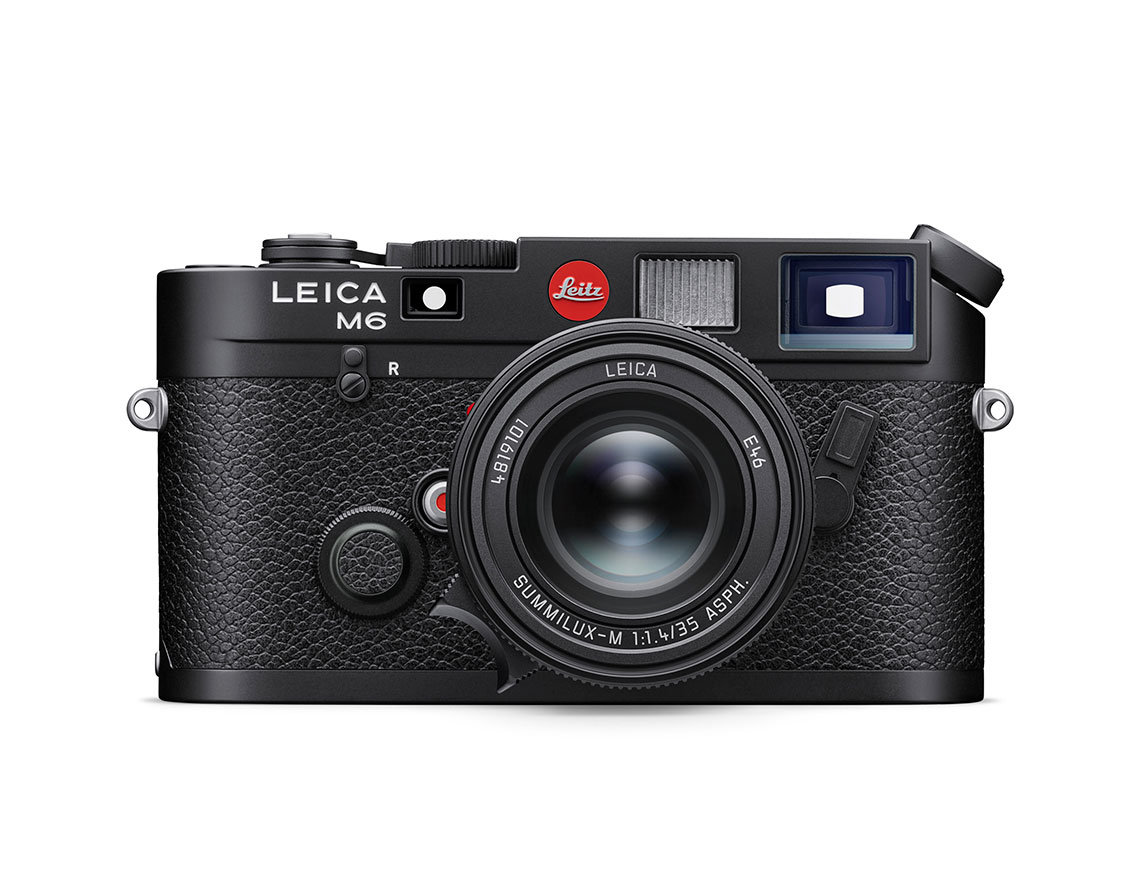Tube Rank: Your Guide to Video Success
Discover tips and insights for optimizing your video presence.
Selfies and Snapshots: The Camera's Quirky Confessions
Discover the hilarious secrets behind selfies and snapshots! Uncover the quirks of modern photography that you never knew existed.
The Evolution of Selfies: From Mirrors to Smart Phones
The art of taking selfies has undergone a remarkable transformation over the years, evolving from traditional mirror reflections to modern smartphone captures. Initially, self-portraits were crafted painstakingly with brushes and canvas, depicting the subject in a static pose. As the 19th century approached, the invention of the camera ushered in a new era of self-portraiture. Selfies became more accessible with the advent of rudimentary cameras, but it wasn't until the rise of handheld cameras and more portable options that individuals started capturing their likeness with ease.
Fast forward to the 21st century, the explosion of smartphones has revolutionized the way we document our lives. Front-facing cameras, social media platforms, and advanced photo-editing tools have made taking and sharing selfies a cultural phenomenon. With the ability to instantly share a photo with the world, the modern selfie has transformed into a symbol of self-expression and connectivity. This evolution reflects not only advancements in technology but also shifts in societal norms, making selfies an integral part of our daily lives.

Unlocking the Secrets of Perfect Snapshots: Tips and Tricks
Capturing the perfect snapshot is both an art and a science. Whether you’re using a professional camera or your smartphone, understanding a few fundamental principles can significantly enhance your photography. First and foremost, lighting is crucial. Natural light is generally the best option; early mornings and late afternoons provide the soft, warm tones that make photos pop. Additionally, consider the composition of your shot. Utilizing the rule of thirds can help guide the viewer's eye and create a more balanced image. Try to imagine your frame divided into nine equal parts by two equally spaced horizontal lines and two equally spaced vertical lines. Placing points of interest along these lines or their intersections can yield stunning results.
Moreover, don't underestimate the power of angles. Explore different viewpoints; sometimes, crouching down or shooting from above can create a more dynamic photograph. Pay attention to the background as well—distracting elements can take away from your subject. If necessary, use a shallow depth of field to blur the background, keeping the focus on your main subject. Lastly, post-processing tools can be your best friend. A little editing goes a long way in enhancing colors and correcting exposure issues. By combining these tips and tricks, you'll be well on your way to unlocking the secrets of perfect snapshots!
Are Selfies Really a Reflection of Our True Selves?
In today's digital age, the phenomenon of selfies has sparked a debate about whether they genuinely reflect our true selves or merely present a curated image to the world. On one hand, selfies can be seen as an expression of individual identity; they allow us to share our experiences and emotions authentically. Many users argue that selfies can act as a mirror, revealing facets of our personality that might otherwise remain hidden. However, this raises the question: are we truly capturing our essence, or are we just showcasing a version of ourselves that we want others to see?
Moreover, the impact of social media cannot be overlooked in this discussion. The pressure to adhere to certain beauty standards and the need for validation can alter the way we perceive ourselves and, in turn, the way we present ourselves through selfies. As a result, many individuals may edit their photos or choose specific angles to align with societal expectations, leading to a distorted representation of their true selves. Ultimately, while selfies can offer glimpses into our identities, we must consider the influence of external factors that shape our self-perception and the images we choose to share.